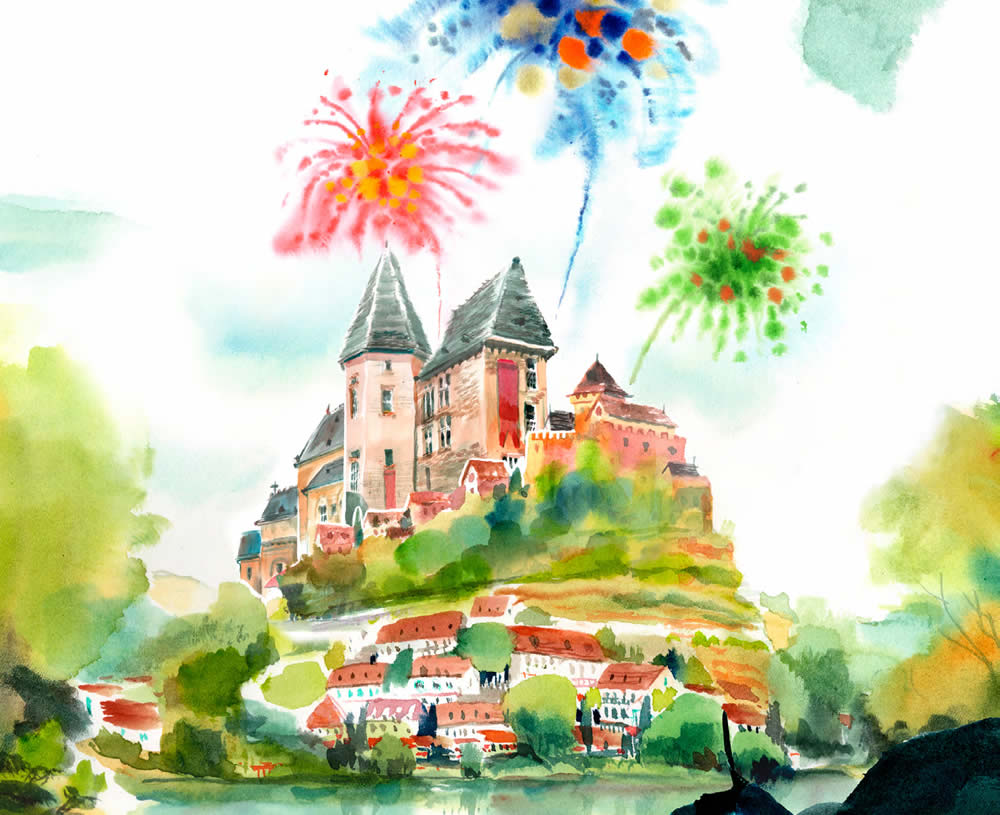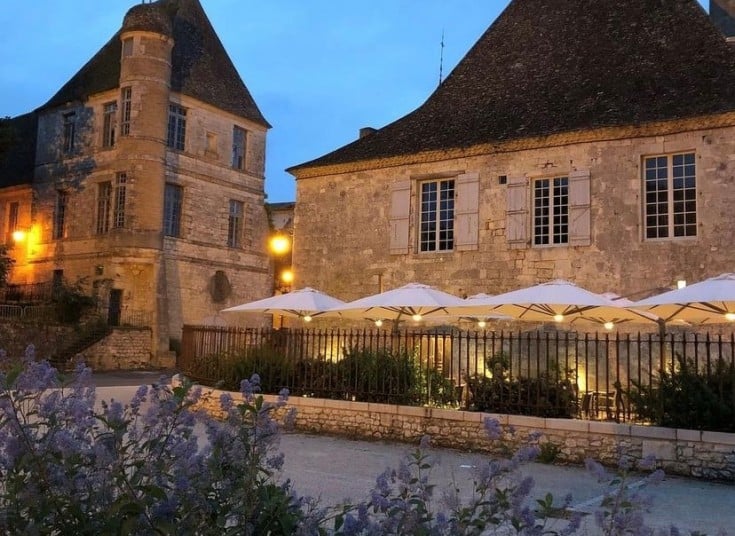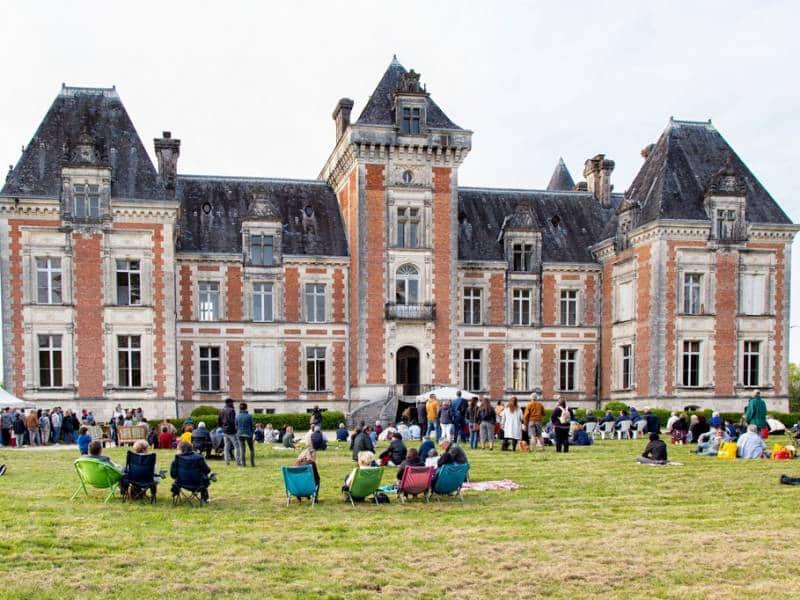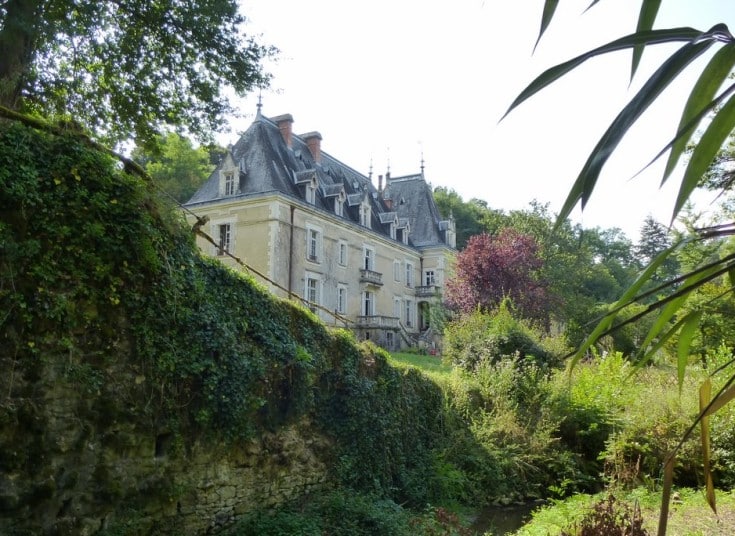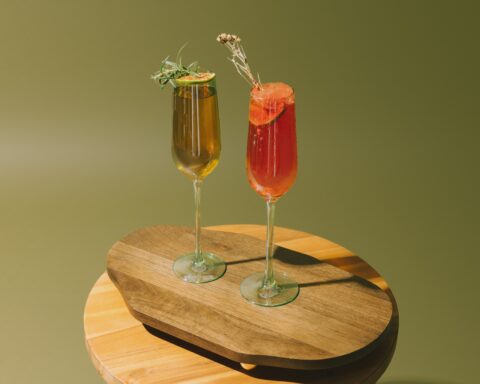Châteaux en fête returns for a fourth edition. From April 13 to 28, 2024, more than 80 historic sites, châteaux, manor houses and manor houses – some of which are usually closed to the public – will be offering a range of original events. A great way to discover with family and friends why this region deserves its title of “land of 1001 castles”.
Launched in 2021, “Châteaux en fête” brings together every spring, over a two-week period, a selection of exceptional residences in Périgord and Lot-et-Garonne, some of which open their doors for the first time, while offering original events for the whole family.
Alongside the emblematic French châteaux of Beynac, perched on its rocky promontory 152 metres above the Dordogne, and the English châteaux of Biron and Castelnaud, a number of more confidential châteaux are opening their doors to the general public.
This is an opportunity to discover an exceptional historical and architectural heritage along the Dordogne valley, dating from the Middle Ages to the Renaissance, and located in the former Duchy of Aquitaine, a veritable theater of confrontation between the French and English armies during the Hundred Years’ War.
It was here, on July 17, 1453, that the Battle of Castillon, the final armed conflict of the Hundred Years’ War, took place.
The legend of 1001 châteaux
Just a stone’s throw from Bordeaux lies the Dordogne. This French department is reputed to have the highest concentration of châteaux in France. 11% of the country’s 11,000 châteaux – as counted by the French Ministry of Culture – have taken up residence here, whether on a rocky outcrop or hidden in an impenetrable forest. This characteristic has not escaped the notice of the British population, who have flocked to the area in recent years, as much for its exceptional living environment as for its remarkable historical heritage, particularly linked to the history of England.

The département has also inherited the title of “land of 1001 châteaux“, which goes far beyond mere advertising. And, given the 619 châteaux and 382 residences in the Dordogne, the nickname is far from hyperbolic. In fact, it’s due to a veritable state of siege. Bequeathed by Eleanor to King Henry Plantagenet through her marriage in 1152, Aquitaine fell to the English.
As a result, the French and English camps built numerous strongholds on either side of the Dordogne River to keep watch over each other. Giving its name to the département, this river, which rises on the slopes of the Puy de Sancy and joins the Garonne in the Gironde estuary, provided the various opposing forces with a natural frontier or wall.
Center Val de Loire vies with Dordogne for the title of French region with the most castles.
84 participating châteaux
Initiated by the Comité Départemental du Tourisme de Dordogne (CDT 24), with financial support from the Conseil Départemental de la Dordogne and in collaboration with partners such as local tourist offices, Châteaux en fête aims to showcase the region’s historic heritage to a wide audience, as well as launching the tourist season in the spring.
The event raises the curtain on some of the region’s finest properties: manor houses, wine châteaux, manor houses, fortified houses, troglodytic forts, hotel-restaurants, reception areas, public buildings and châteaux parks and gardens.
For the 4th edition of this annual event, 84 châteaux have chosen to take part, thirteen more than last year.
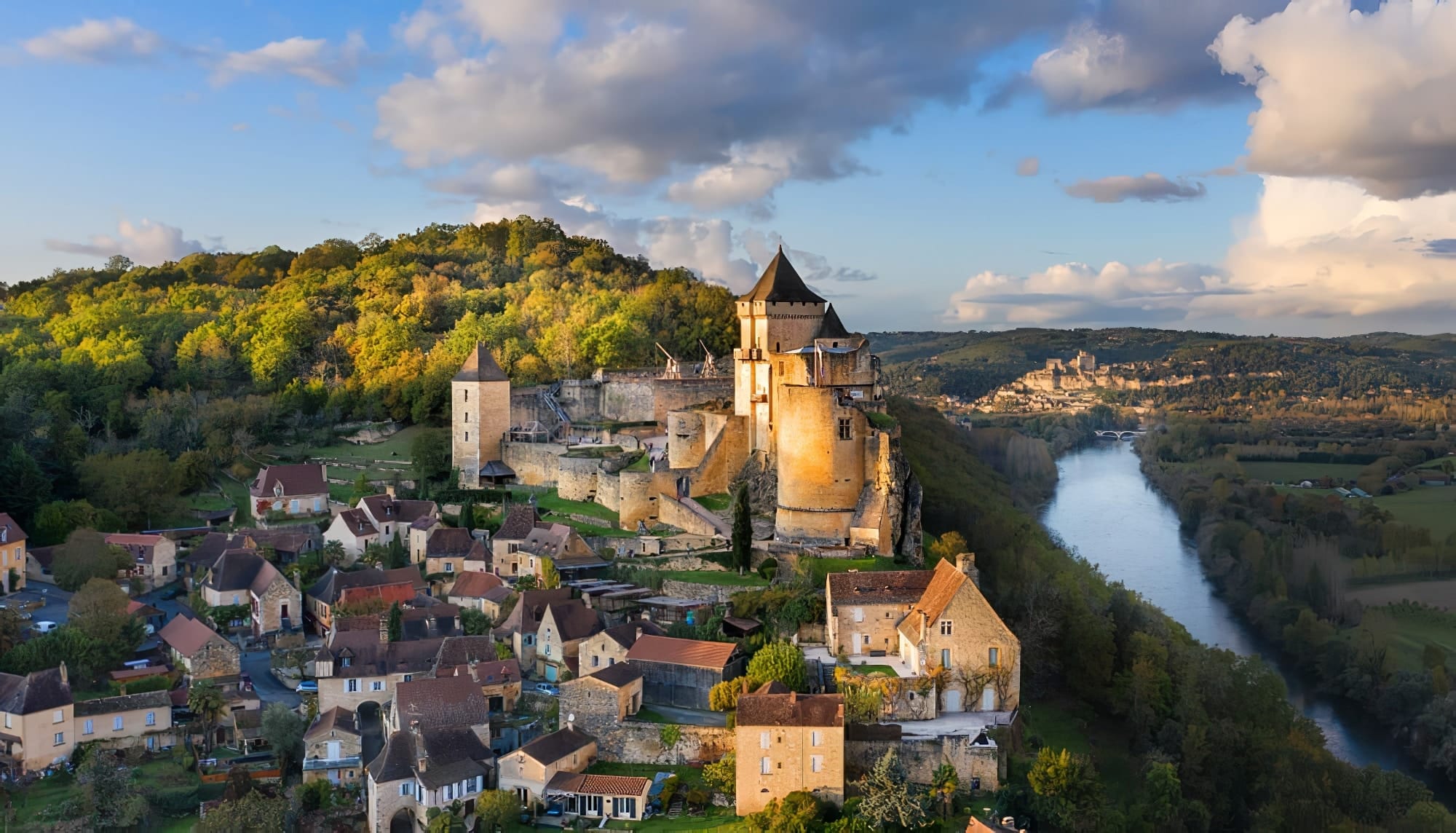
Alongside the mighty 13th-century fortress of Castelnaud – “the most visited castle in south-west France” – facing its rival Beynac and its 12th-century keep overlooking the village of Beynac-et-Cazenac, there’s the château de Biron, one of the six Duchés-prairies of the kingdom of France, whose ramparts have managed to repel no fewer than 5 sieges.
© L’Auberge des Dîmes, Issigeac
But that’s without counting other, lesser-known sumptuous residences that are opening their doors for the first time. Such is the case of the Auberge des Dîmes, with its building emblematic of the rich past of the medieval village ofIssigeac, former stronghold of the bishops of Sarlat. Still in the Bergerac region, Eymet, famous for its annual medieval festival and parade of knights, will see the opening of its castle and in particular its powerful square keep (known as the Tour Monseigneur or Tour des Anglais), dating from the 13th century. In the Périgord Vert region, Bellussière, a feudal dwelling built into the hillside, contrasts with its neighboring castles in a dominant position.
© Chateau de Puycharnaud
In the Parc Naturel Régional Périgord-Limousin et Auvézère, Château de Beauvais features a vast barlong main building set between two large round towers that have preserved their corbelled parapets and defensive devices. In the same region, but this time in the commune of Saint-Estèphe, Château de Puycharnaud is a Napoleon III-style building, rebuilt in 1875. The history of this residence is closely linked to the history of the nobility in the north of the department, and more specifically to the de La Ramière and de Malet families.
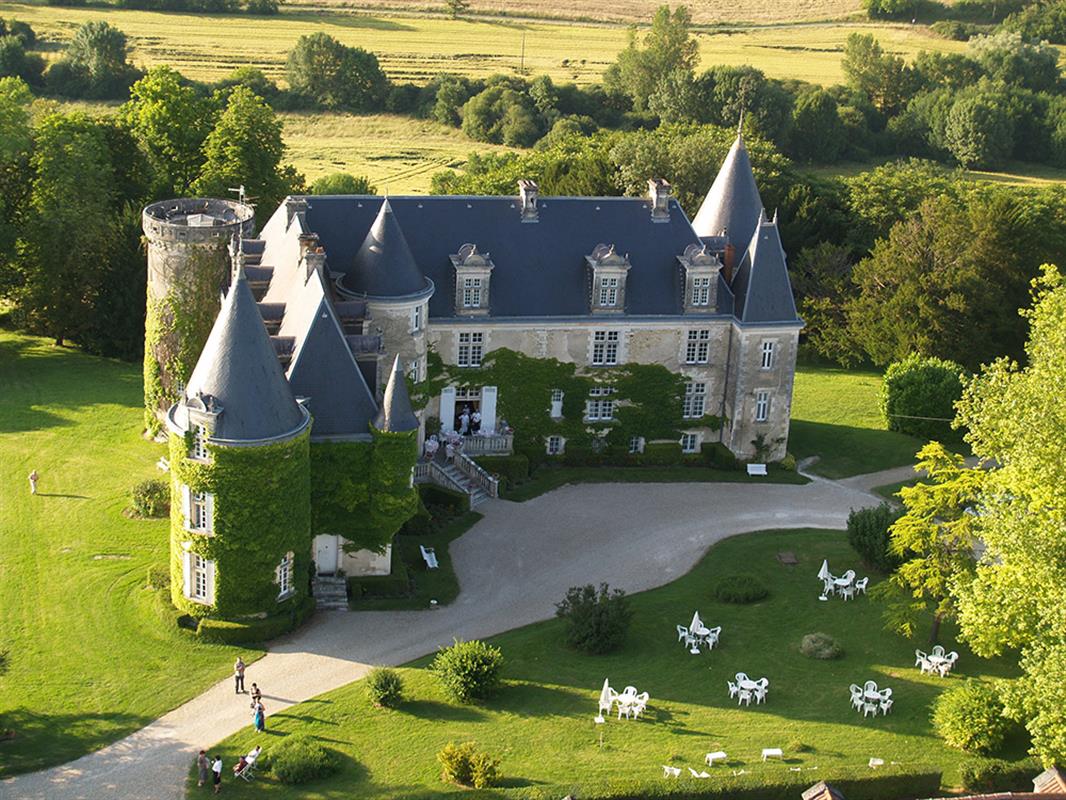
At the heart of the Golden Triangle of Brantôme, Périgueux and Bourdeilles, Château de la Côte, whose origins date back to the 15th century, is one of the finest hotel-restaurants in Périgord. Its ivy-covered towers and turrets, as well as its six-hectare wooded park and flower gardens, evoke a sense of romance. The Château du Logis, built at the very end of the 19th century by Mr. Jean Grégoire Dolezon, owner of a Parisian novelty store, is a must-see. Its history is closely linked to that of the iron and steel industry and the Bandiat forges. In the 18th century, this forge supplied cannons for the Royal Navy.
© Château du Logis
Another usually closed venue, participating for the second year running, is the Château de Tiregand, clearly worth a visit. Bought by Louis Guyot in 2022, the house was opened to the public for the first time in July 2022, and offers a unique tour of its interiors.
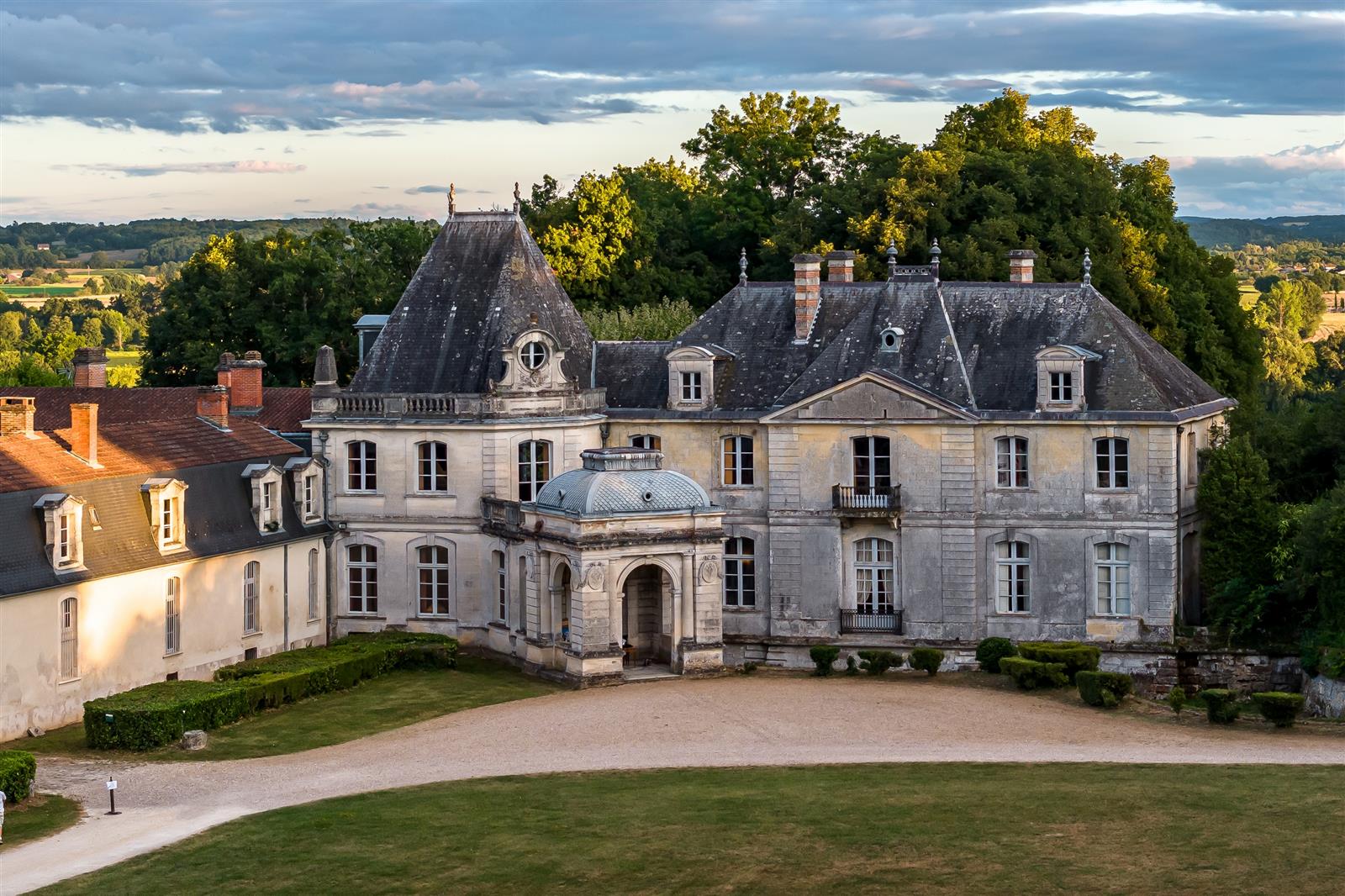
Last but not least, “Châteaux en fête” offers visitors the chance to (re)discover these majestic relics of the past through unique experiences.
Visitors can take part in owner tours, poetic nights, treasure hunts, theatrical tours, cluedos, escape games, storytelling walks, candlelit meals and tours, as well as lectures, music concerts and historical re-enactments.
Read also > [LUXUS MAGAZINE] THE MANDARIN ORIENTAL GROUP TAKES OVER THE SUBLIME CHÂTEAU DE LA CROIX DES GARDES
Featured Photo: © Châteaux en Fête




